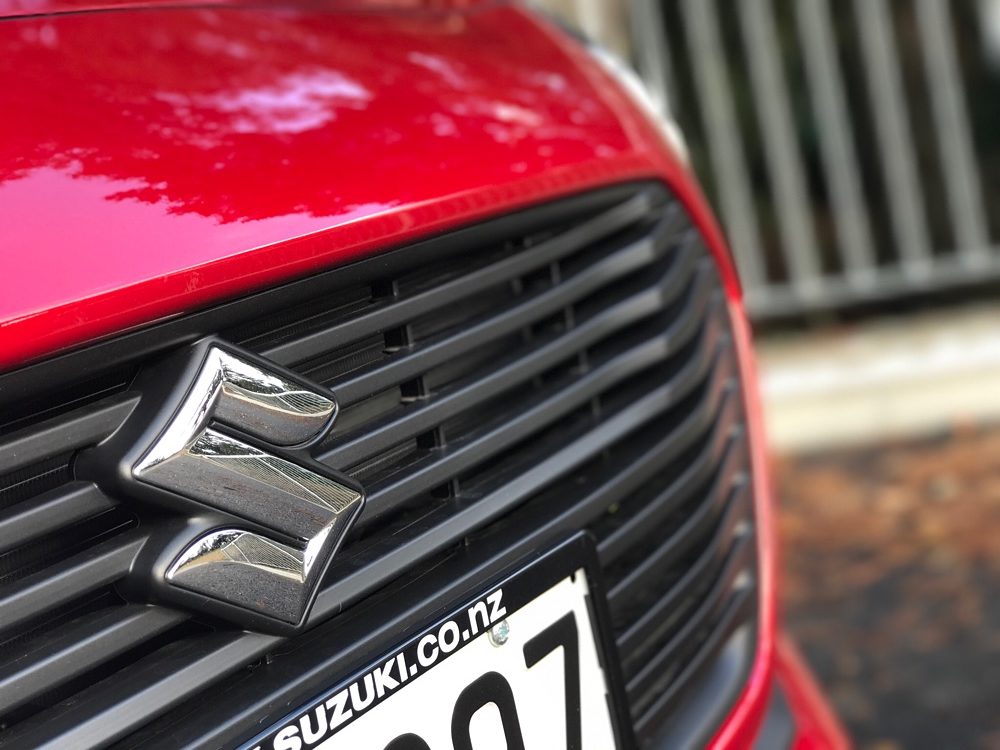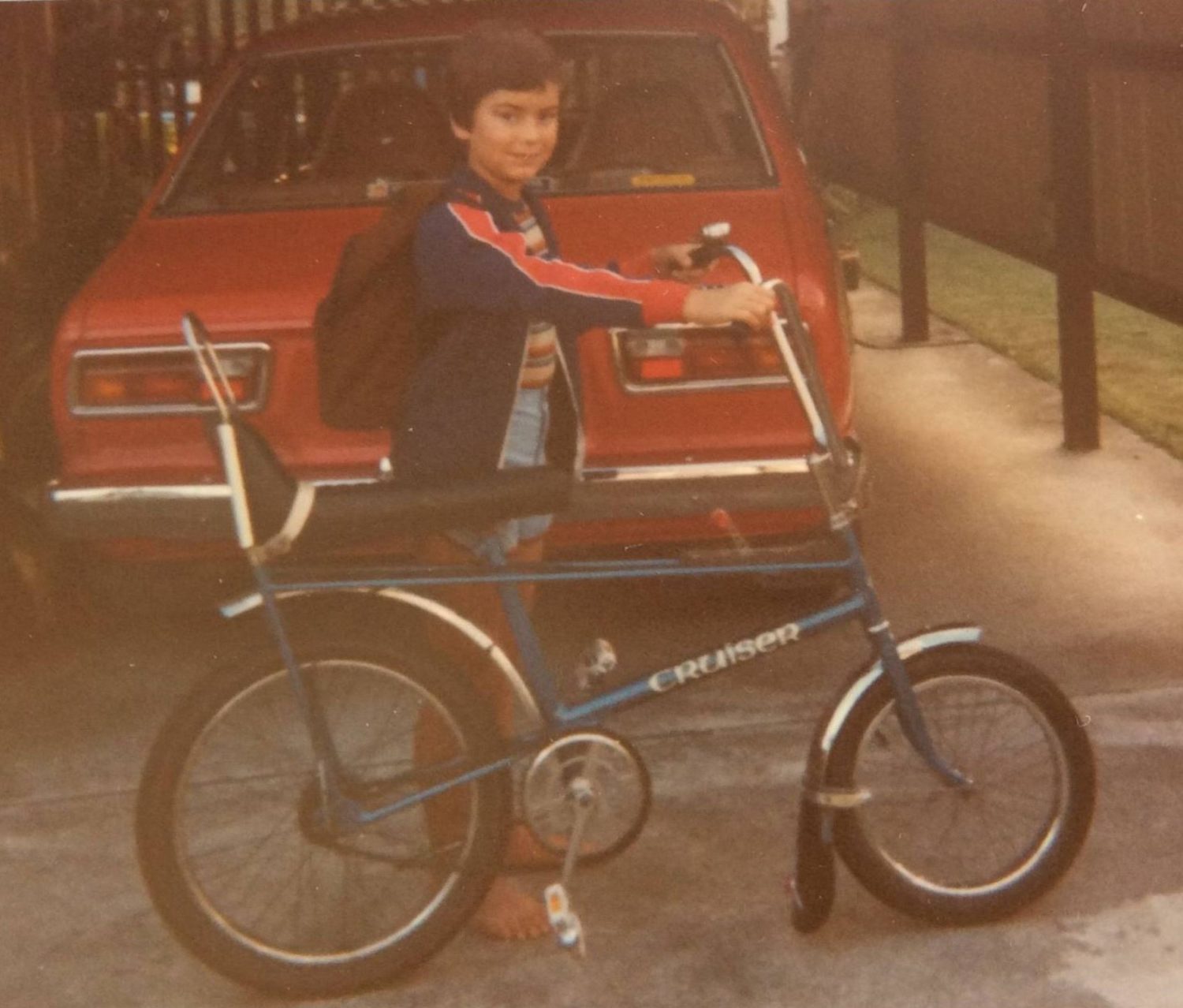What is it?
The most loved new car in New Zealand?
Since the Suzuki Swift launched in 2005 it has dominated its segment, only being beaten to the top spot by the Toyota Yaris in 2015. But it is not only the light segment that the Swift dominates, it is also the best selling new car to private buyers by a significant margin and that is not even counting the huge amount that have come into the country as used imports.
And it is truly loved by the people who buy it as well, which does pose a problem for Suzuki – after all, just how do you replace a truly loved car?
How much does it cost?
The GL kicks off the range at $19,990 for the five-speed manual version, while the CVT equipped version lands at $21,990.
The GLX comes next at $24,500 and is available with the CVT only, while the RS tops the range (for now, the Sport is slated for early next year) at $25,990.
What is its opposition?
In terms of absolute sales? Nothing really, the Swift dominates, but other cars in its segment include the Toyota Yaris, Honda Jazz, Mazda, Ford Fiesta, Hyundai i20 and Kia Rio.
What powers it?
The new Swift will initially come to New Zealand with a choice of two engines – a 66kW/120Nm 1.2-litre four-cylinder petrol (the same one that is in the Ignis) in the GL and GLX models and an 82kW/160Nm 1.0-litre three-cylinder petrol turbo unit in the RS.
The four-cylinder engine is hooked up to a CVT transmission, with a five-speed manual option available on the GL spec, but the three-cylinder turbo is only available with a six-speed automatic.
Suzuki claims the GL and GLX with return a combined fuel consumption figure of 4.6L/100km for the manual and 4.8L/100km for the CVT, while the 1.0-litre RS will return 5.8L/100km, but will only run on 95 RON petrol.
What has it got?
The GL manual comes standard with 15-inch steel wheels, cruise control, a leather steering wheel with satellite controls for the phone and audio system, rear privacy glass, LED daytime running lights and manual air conditioning, while the GL CVT adds satellite navigation, a reversing camera and phone mirroring on a 7-inch touch screen.
The GLX adds 16-inch alloy wheels and Suzuki’s new dual sensor brake support system that adds emergency autonomous braking, radar cruise control, lane departure warning and weaving alert.
Along with the different engine and transmission the RS adds polished 16-inch alloy wheels, keyless entry and start, LED projector headlights with automatic high beam assist, a six-speaker audio system, electric folding door mirrors and climate control.
What’s good about it?
On the road, the 1.0-litre RS we drove was a strong and willing performer. The small engine does a brilliant job of hauling the lightweight car along and pulls remarkably strongly from down low.
Nicely weighted and accurate steering is in keeping with the Swift’s fun and sporty persona, while the chassis is nicely responsive and nimble.
On the inside the RS was nicely laid out, with a fairly conservative, but nicely designed interior. One thing that Suzuki do very well is their infotainment system, with the the Swift boasting the same nicely responsive touch screen seen in other models in the range, as well as nice integration of Android Auto and Apple CarPlay.
Oh, and photos don’t do it justice – the Swift manages to look quite different yet, by retaining the same profile, instantly recognisable as a Swift. And rather cool with it.
What’s not so good?
The one traditional downside of the Swift is still present – the open road ride is still somewhat firm and sensitive to irregularities in the surface and the road noise is rather intrusive.
There are still quite a bit or hard plastics present in the cabin, but all the main points of contact are soft touch and pleasantly appointed.
First impressions?
Suzuki played it extremely safe with the last new Swift in 2010 and didn’t mess with the formula. As a result the new car looked very much like the previous generation and changed very little.
But now, possibly emboldened by the success of the Vitara and Ignis, Suzuki have taken a whole load of brave pills and given the all-new Swift a bold new look (admittedly while still retaining a whole lot of familiar Swift styling cues) and a range of new engines.
While the Swift does boast a new face and all-new styling, Suzuki have actually been rather clever with the styling and retained the Swift’s traditional profile, meaning that while the new car looks distinctly different, it is also distinctly recognisable as a Swift as well.
Slightly larger (10mm longer,40mm wider and with a 20mm increase in wheelbase) than the old car, the new Swift is on the same “Heartect” platform as the Baleno and Ignis and is as impressively lightweight as those two cars, with the Swift weighing in at a between 855kg and 925kg depending on model, or around 135kg less than the old car.
This means the smaller, less powerful engines feel stronger than the last car’s larger engines while returning better fuel economy. It also means the Swift is still fun to drive.
While it still has some slight drawbacks that are hard to get away from in cars in this size and price range, t is still a remarkably complete package that also brings a healthy dose of fun and personality to the mix.







You must be logged in to post a comment.